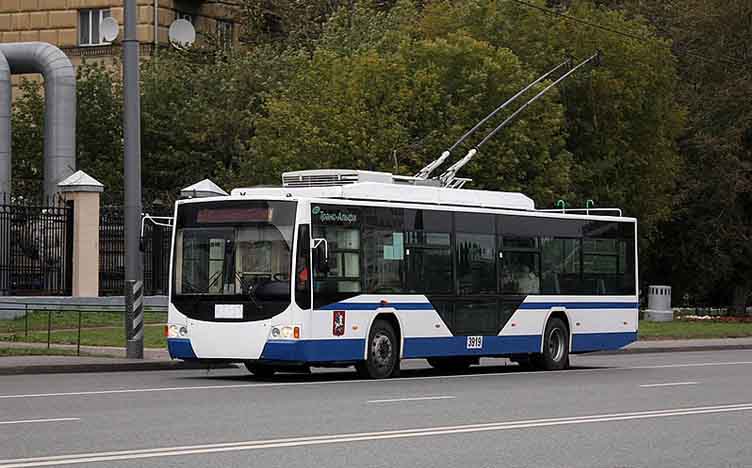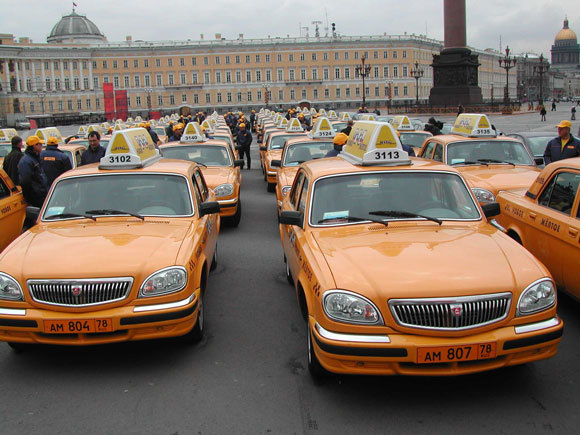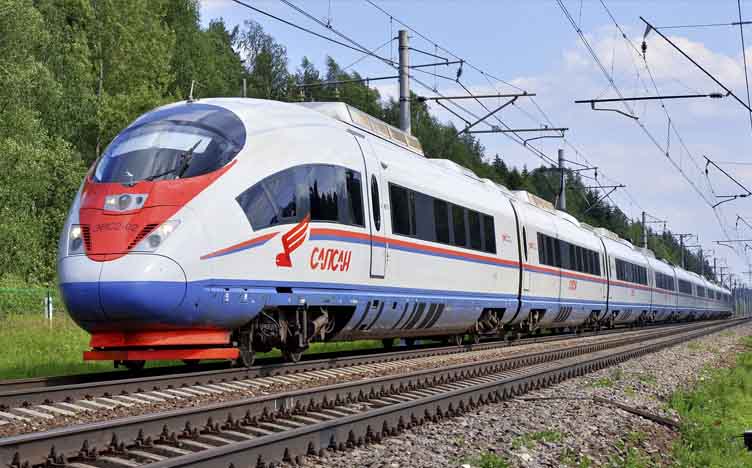Public transport in Saint-Petersburg: metro, urban transport, taxi.
Although for locals car ownership is a highly desirable sign of success and social status, St. Petersburg's public transport network is actually extensive and efficient, if often overcrowded. The metro is undoubtedly the best bet for visitors, and covers nearly all of the city, with new stations opening almost every year. It also has some spectacular station architecture.
Overground transport is bewilderingly varied, but not difficult to use with the help of a few pointers, and St. Petersburg's latest transport project means that you can even use the city's waterways to get around. The only real disadvantage of the public transport system is the lack of nighttime services, so if you plan to stay out after midnight, you will have to rely on taxis or your own two feet to get home.
St. Petersburg Metro

St. Petersburg's metro is perhaps not quite as majestic as Moscow's, but architecturally it's still a cut above nearly any other public transport system in the world. It is also the world's deepest subway, so be prepared for vertiginous views from the top of the escalator.
The system is also remarkably efficient. During the day, trains arrive every 2-3 minutes, with slightly longer waiting periods early in the morning and late at night. On average, the stations open at about 5:45am and close between midnight and 0:30am You can transfer from one line to the other until 0:15am.
The fare for a single journey to anywhere in the city is around $1. St. Petersburg's metro still uses a system of tokens ("zheton") the size of larger coins. These can be bought from the cashier windows operating in every station vestibule - the easiest way to make yourself understood is just to pass through exact change and/or use your fingers to signal the number of tokens you require. In theory, you need to buy separate tokens for larger baggage, but this rule is rarely enforced.
Public transport

Tram
One can call St. Petersburg a "City of Trams" because it has more trams than any other city in the world. Tram stops are marked with signs above the tracks (with a letter "T" on them). Since January 1998 all trams have conductors on board. You should pay in cash to a conductor, unless you have a monthly pass. Conductors normally wear special uniform (and/or red arm bands). They check whether everybody has paid and sell tickets to those who need them. Don't be surprised to see an occasional kontrolyor - inspector, who might ask you to show your ticket.
Buses
The bus network of St. Petersburg is extensive, but can be a bit confusing for a foreigner. Bus stops are marked by signs with the letter "A", which stands for avtobus. Routes are listed on signs (double-sided) at most bus stops, but only in Cyrillic.
Trolleybuses
Trolleybus stops are marked with signs with blue letter "T". They operate exactly the same way as St. Petersburg's buses and are very common in the centre of the city. The only disadvantage of trolleybuses is that they cannot change lanes, and are therefore more prone to delays when congestion gets bad. All trolleybuses have a conductor on board, and you can either pay them for a single journey or use a magnetic travel card, which you need to check on a card reader as soon as you have boarded.
Marshrutka

A marshrutka or marshrutnoe taksi is a privately owned minivan or small bus that follows a fixed route, collecting and depositing passengers anywhere along the way. Anyone who has traveled in the Middle East or Asia will be familiar with the concept, although they are particularly widespread in Russian cities. Visitors may find the network of marshrutki a little too complicated to be worth using in the city center, especially now that they can longer run along Nevsky Prospekt, but they are often the best means of getting to St. Petersburg's suburban attractions, and are the cheapest way to get to/from the city's airports.
Route numbers, usually prefixed with the letter 'K', are prominently displayed on the front and side of the bus, often alongside the most important stops along the route (sometimes in English for popular tourist areas). Rules have changed in recent years, and marshrutka drivers are now only supposed to pick up passengers at official bus stops. They will normally stop anywhere to let you off, however, provided you give them reasonable warning. If you have the language skills, then explain exactly where you wish to be dropped. Otherwise, just shout "as-ta-no-VI-tye, pa-ZHA-lu-i-sta" - "stop, please!" - when you get close to your destination.
Taxi

For many years after the collapse of the Soviet Union, a taxi driver in Russian was anyone who had a car and not enough money, which meant almost all drivers. For this reason, official taxis were few and far between, and tended to be expensive, making it difficult for travelers to safely catch a cab. The last few years have seen fares drop considerably, however, and more and more taxi companies now offer reasonably priced services.
If you wish to take a taxi, you will need to call a reputable cab company, a list of which you can find here. Most companies will now be able to get a car to you anywhere in the centre in 15-20 minutes. There is usually a minimum fare of around $10, which covers the first 5km of your journey. After that, you pay per kilometer, and the price will be calculated when you book. You will need to give the operator a phone number that you can be contacted on.
Although it is still possible, flagging a car in the street is not advisable unless you have good Russian and a reasonable knowledge of the city. Apart from the obvious safety risks of getting into a stranger's car, the majority of "gypsy cab" drivers are now recent immigrants from Central Asia and the Caucasus who do not necessarily know the topography of St. Petersburg and rarely have GPS. A yellow sign or light on the roof of a car does not mean that it is an official taxi, whatever the driver may tell you.
If you do decide to risk it, and it is still common practice among locals, then never get into a car with more than one person, always agree on a fare before you get in (if you don't have the language skills to haggle, just show the driver how much you are willing to pay and state your destination clearly), and do not feel compelled to get into any car that stops - if you don't like the look of the driver, just wave them on and wait for somebody else to stop.
Train between Moscow and St. Petersburg

Russia’s ‘two capitals’ are well connected by an efficiently run and rather quick railway network. There is a great variety of Moscow to St. Petersburg trains to meet everyone's needs. The choice ranges from the elegant Grand Express and Russia’s most famous train, the Red Arrow (Krasnaya Strelya) to the ultra new, high speed Sapsan trains and the recently introduced Double-Decker trains that offer great value for money.
